Miners at Lingdale, leaving the mine one carries a safety lamp, others are discarded on the ground along with helmet battery lamps. Was this the Last Shift?. Miners: Bernard ’Bish’ Swinburne, Eric Hatfield?, Joseph Hood, ??.
Ian Swinburn has told the Archive: ”Far left on the picture is my dad Bernard (Bish) Swinburne and it might be Eric Hatfield to his left; not sure about the others”.
Stuart Williamson informs: “I was born in Brotton and spent many happy summers at my grandparents, both there and in Lingdale, where my father was born. His grandmother was a midwife before they became official, and she also laid out the dead.By chance when looking through your archive I came across a photograph of my grandfather, Joseph Hood, leaving the pit”. Stuart also offered his poem:
A Northern Poem – Stuart Williamson ©
“Clattering boots on grey stone flags
The pit head, a mile away
The Miners wind their weary path
To the stone face
600 foot down
In Yorkshire clay
A coat that’s seen a dozen winters
Sisal tied beneath the knee
A waistcoat worn with pride at weddings
Thick knit socks
Strong fags
Sweet tea
Ironstone, Belemnite, Nautilus rich
Tons of rock propped at the face
The ironstone freed up night and day
Wolf safety lamp
A yellow bird
Just in case
Terraced streets all left behind to wake
Pos tubs, mangles, thumped and ground
Pies and pasties, bread to make
Children washed and dressed
And fed
And combed
Women left to tend the home
Mending holes and fixing rents
Tatting rugs with prod and poke
Or into service for their sins
Ironing cassock
A sacrament
A ‘job down’t pit’ was all there was
You might go to school of course,
If you did really well
Good at sums and you could spell
If money was found to buy your books
And your boots
And your grey flan-nel”
Identification of the other miners or corrections welcome.
Photo courtesy George Pearson, thanks to Ian Swinburne and Stuart Williamson for the updates.
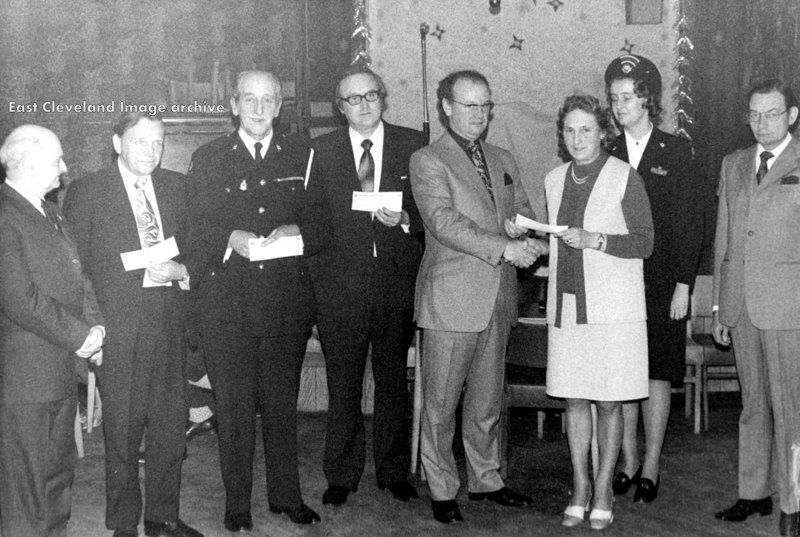
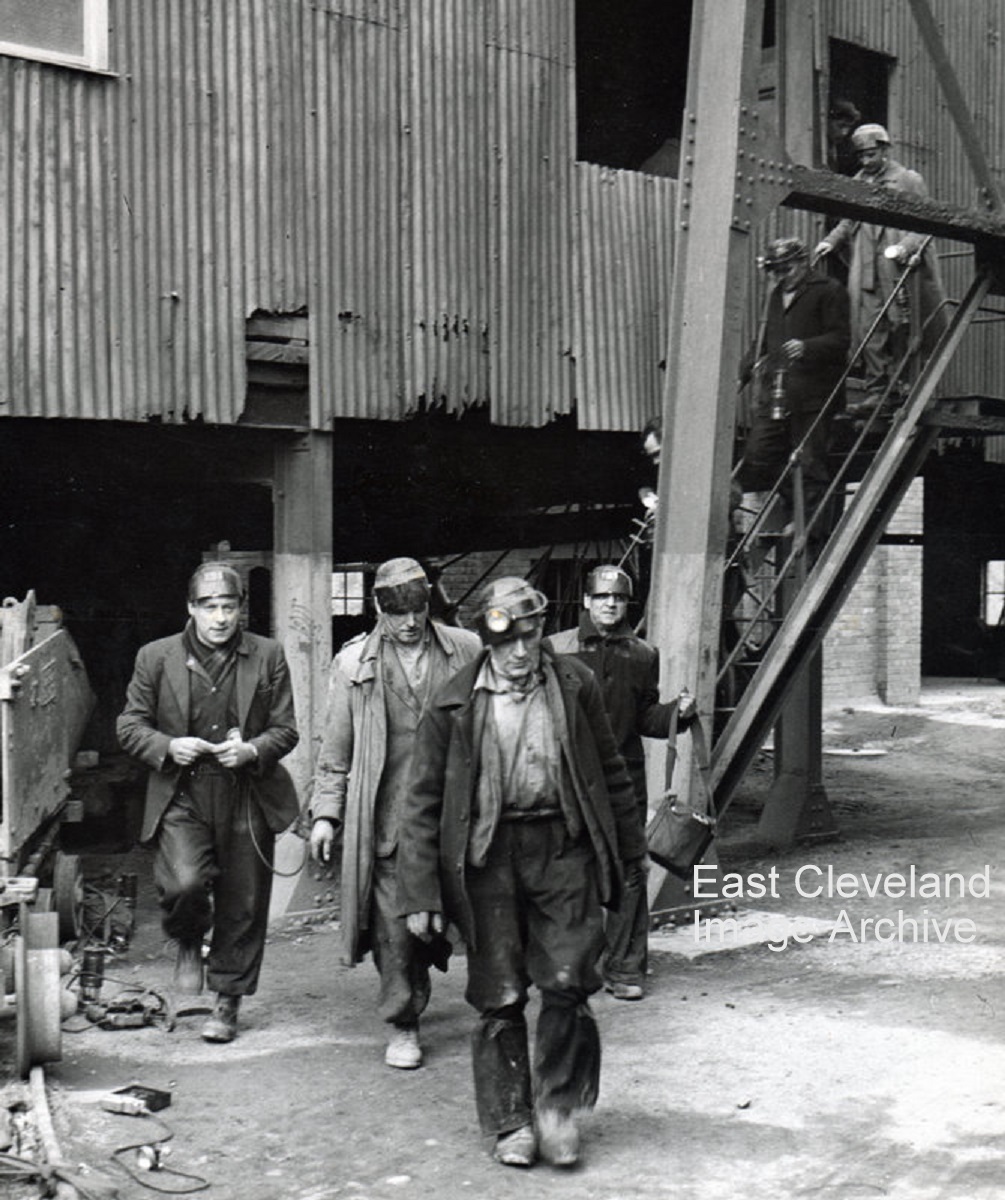
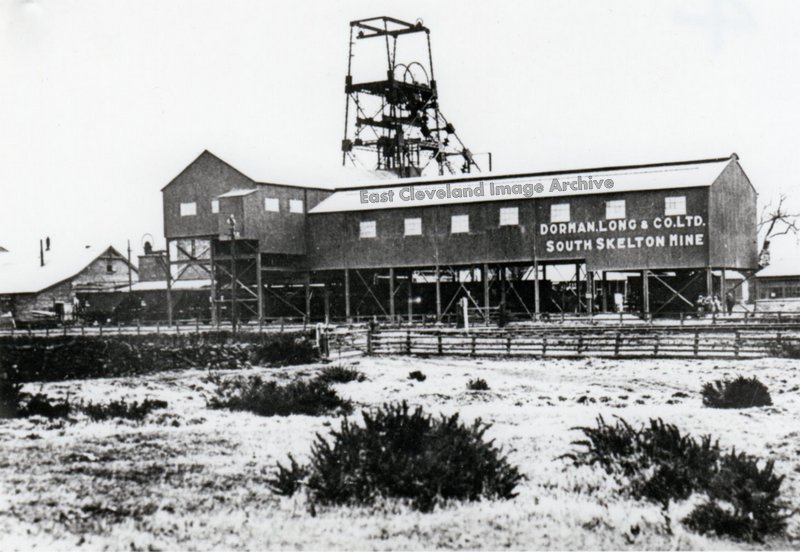
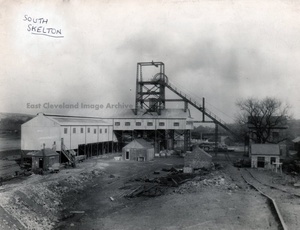
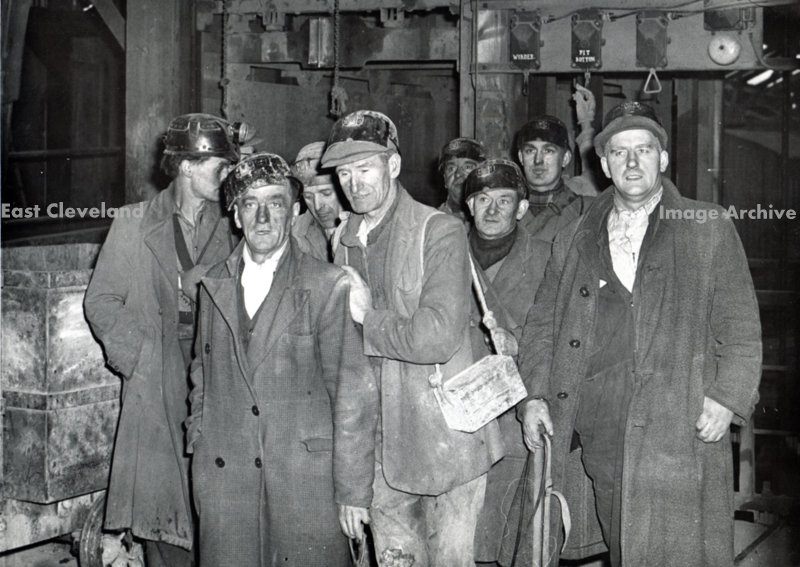
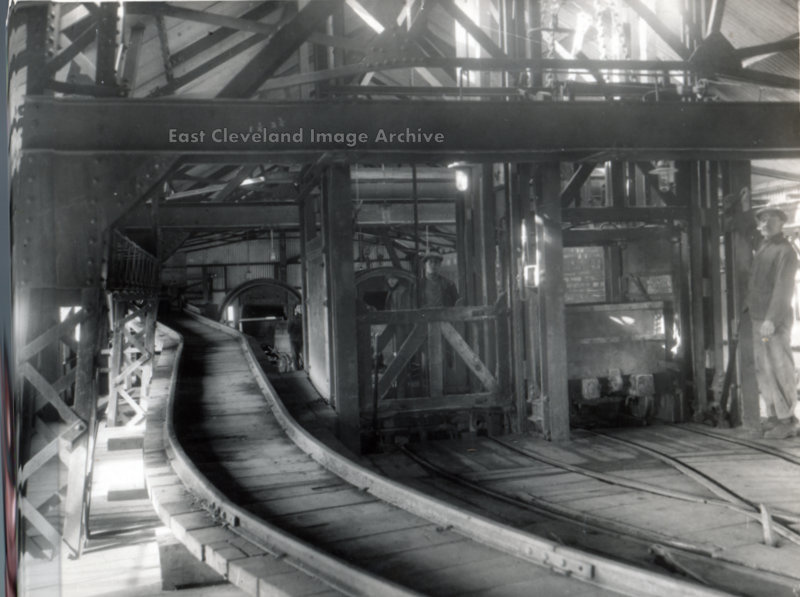
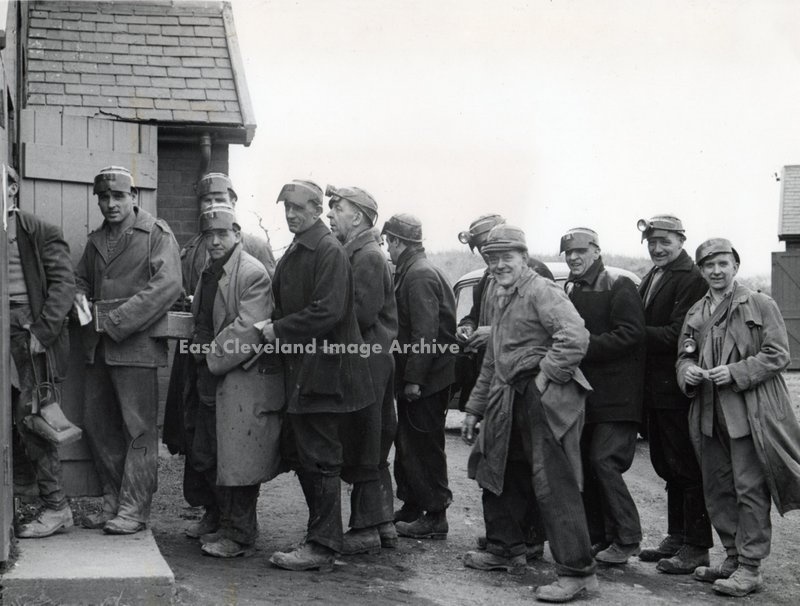
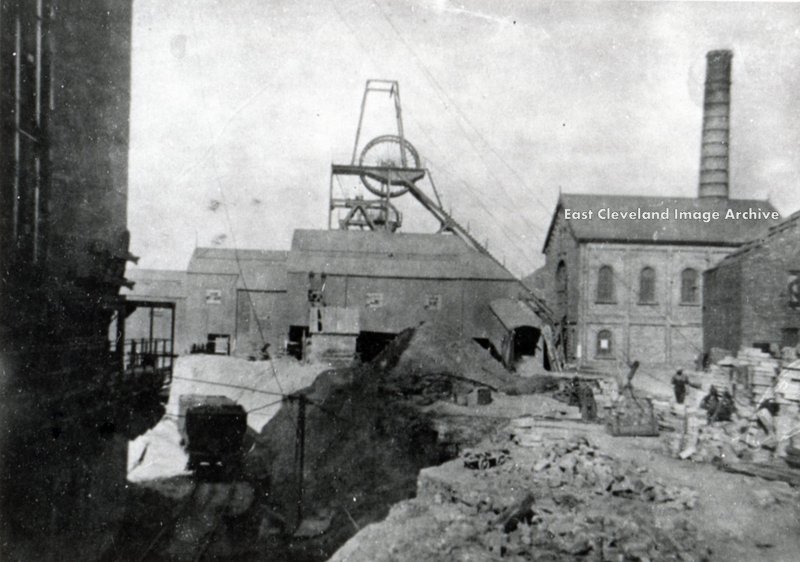
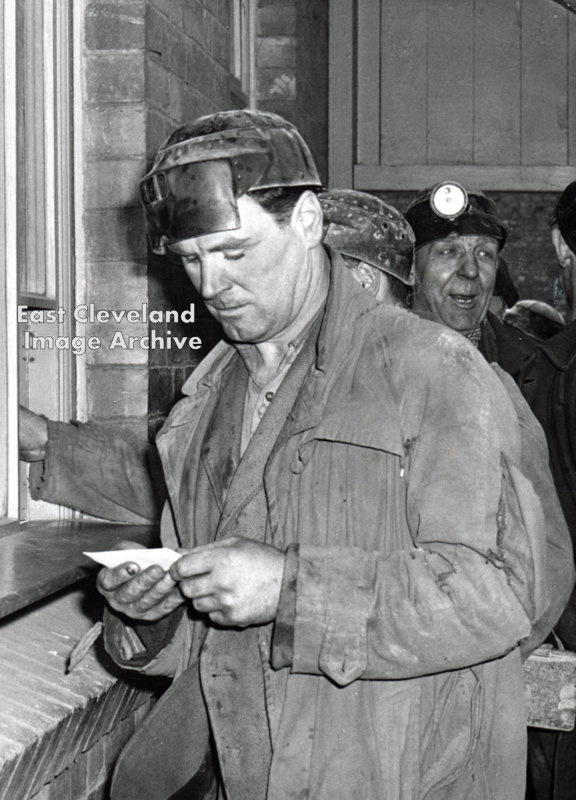
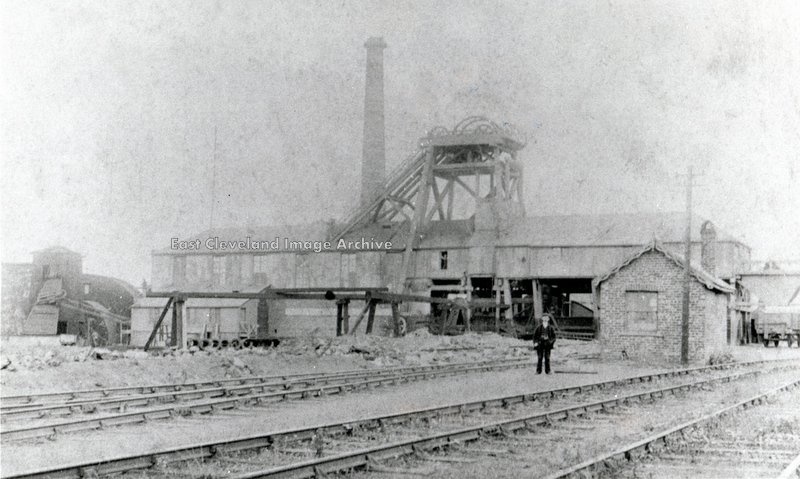
Recent Comments